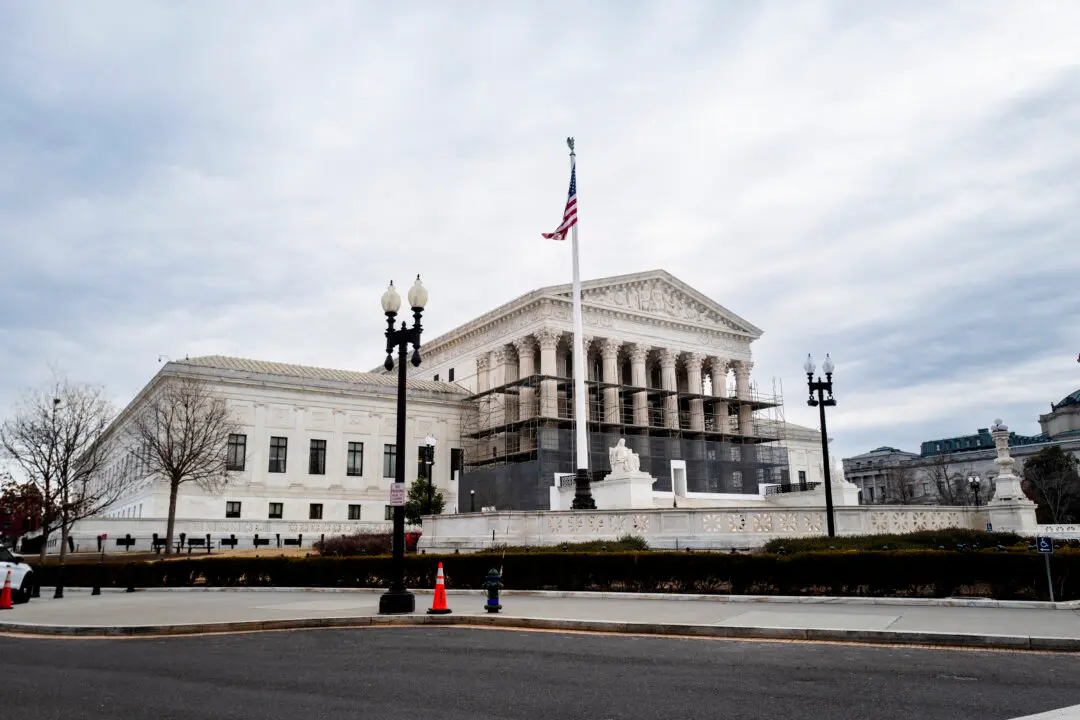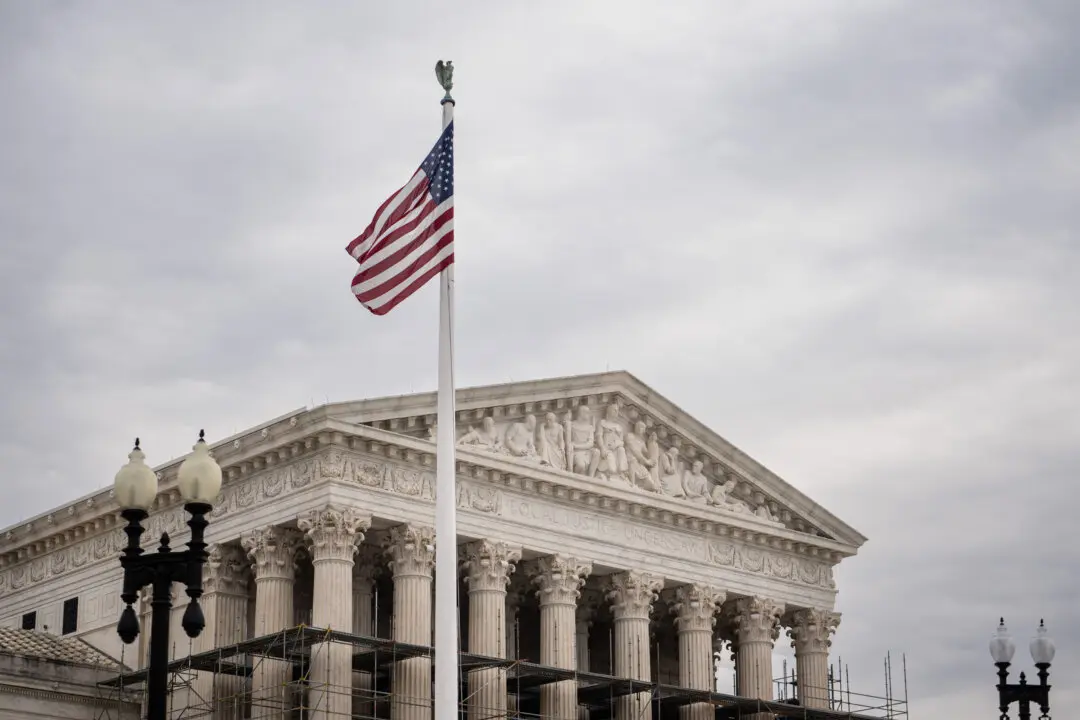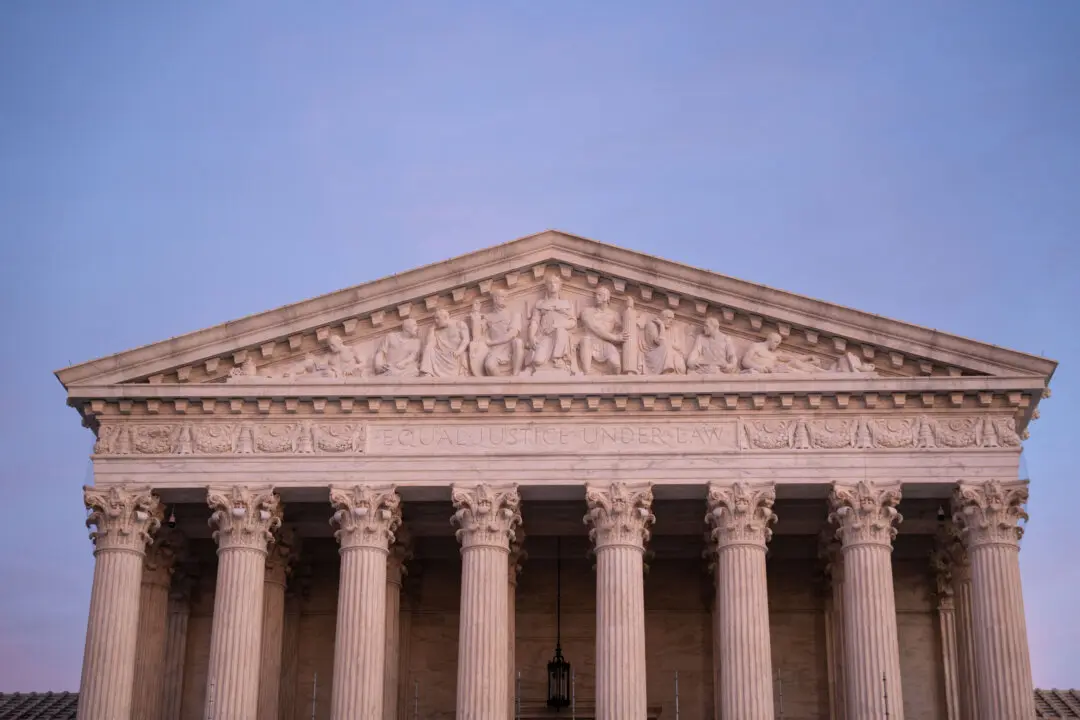The Supreme Court questioned on Feb. 28 how much authority the Environmental Protection Agency should have to regulate and curb energy production in order to combat the effects of so-called climate change.
The case is West Virginia v. EPA, court file 20-1530, which was consolidated with three other cases. The other cases are North American Coal Corp. v. EPA, Westmoreland Mining Holdings LLC v. EPA, and North Dakota v. EPA. The court set aside 70 minutes for the hearing, but ran well over that time limit.




